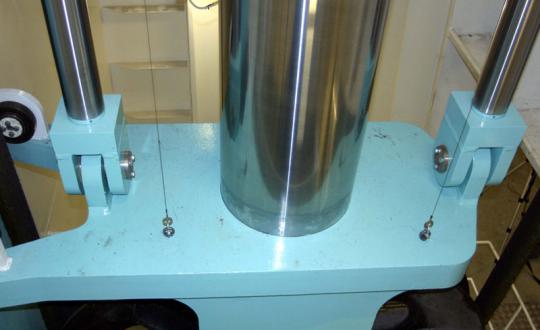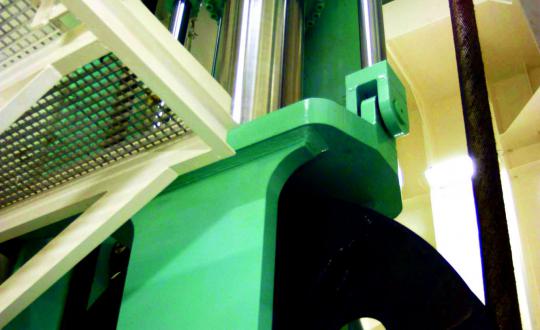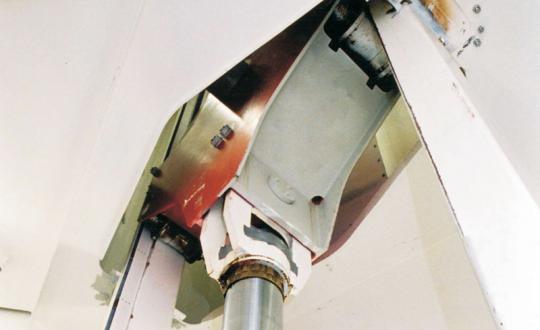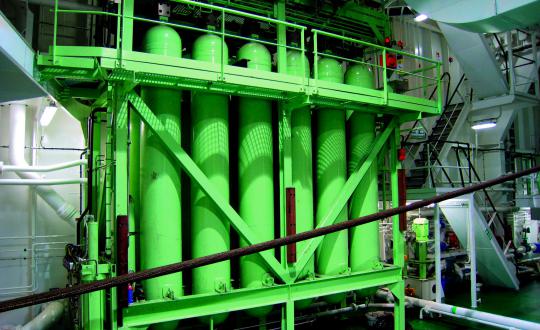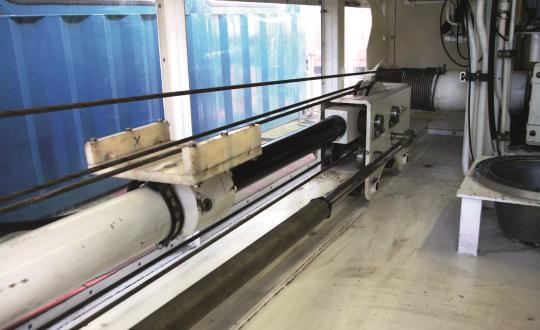Huisman has been designing and building Heave Compensation Systems since 1985 and gained experience with a wide array of applications. We provide both active and passive heave compensation systems as well as combinations of both.
We use three different systems for Active Heave Compensation; secondary controlled hydraulic winches, frequency controlled electric winches or hydraulic cylinders. The latter also can be used for passive heave compensation or a combination of active and passive heave compensation.
Our equipment can be fitted with constant tension and passive and/or active heave compensation systems to compensate the relative motion between the vessel and fixed objects such as wellheads or structures on the seabed.
The main advantages of Huisman heave compensation systems are:
- Increased weather window through high compensation speed combined with high pay load;
- Low power demand compared to competitors due to clever energy management, reducing operational costs;
- Redundancy increasing safety. Passive compensation remains available during power loss;
- High accuracy and high controllability by the operator.

